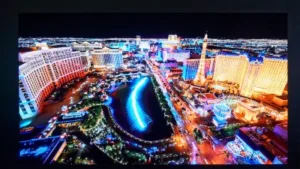I struggled with choosing a topic for today’s Display Daily. For once, I had too many options as I’ve been keeping notes of ideas for topics. That’s unusual for me! Eventually, I decided to talk about Infocomm this year.
I have attended quite a few Infocomm events over the years, since my first in Philadelphia in 1996, when there were just around 18,000 visitors and 383 exhibitors. That compares with 43,000 this year and 964 exhibitors. One of the things I used to look forward to was the ‘Shoot out’ which allowed visitors to compare the output from different projection displays using identical hardware and carefully prepared content. I still have quite a few of the demo DVDs that were produced as good test material. The shoot out used to take up a lot of space and was a lot of work, but it was often illuminating.
However, the projectors gradually became more adjustable and, after a while, what you were comparing was the taste of the technician that had set up the display. Whose white point did you prefer? I was taught more than 30 years ago by a retail TV salesman that the best way to set up sets in the store was not to the optimum image quality, but just so that the images all looked different. That way, there was more chance of having the ‘look’ that buyers preferred. Around the same time, I proudly showed a new CRT monitor to a client that had improved contrast and colour saturation, only to be told “I preferred the pastel look of the old ones”!
Anyway, for the last few years, just being big, bright and with great images is not really enough to get attention at these shows. Pretty everyone can do that with LCDs, OLEDs, various kinds of projectors and LEDs. There are dozens of LED makers that can make eye-catching displays (at least the one good one that they bring to the show). So what stood out for me in my rush around? (I was the only reporter this year, so was very pushed to cover everything that I would have liked to)
- Of course, the Sony Crystal LED (CLED/Cledis). Since it was first shown at Infocomm in 2016, this display has set the bar for image quality.
- Samsung‘s miniLED commercial ‘Wall’ display looked great, as the TV version did at CES. Samsung also has had a good reception to its Flip display and is going to extend it to a new size of 65″.
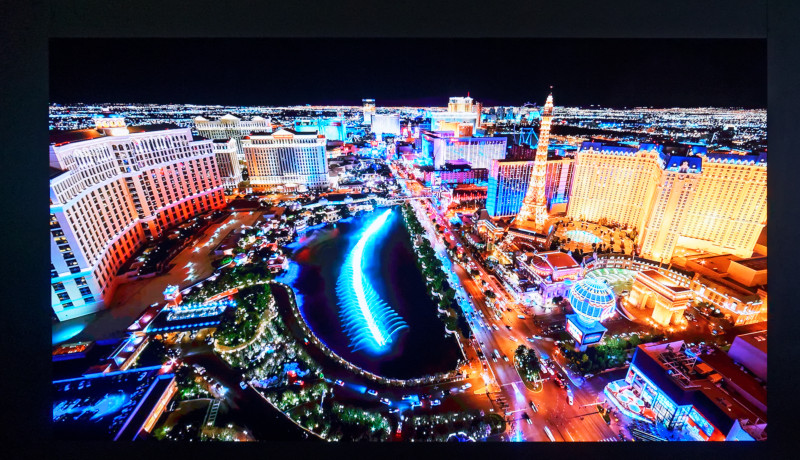 Samsung’s Wall display. Image:Meko
Samsung’s Wall display. Image:Meko - It was really interesting to hear LED makers pulling back on ‘Chip on Board’ (CoB) technology that might replace SMD LEDs in small pitch LED. Most of the big makers had SMD LEDs that are then embedded in resin to improve performance and bring added strength.
- ROE had an innovative design for LEDs that separates the LEDs from the framework, allowing rental companies to potentially have more frames than LEDs to allow more efficient use of the LED modules, by moving them in at the last minute.
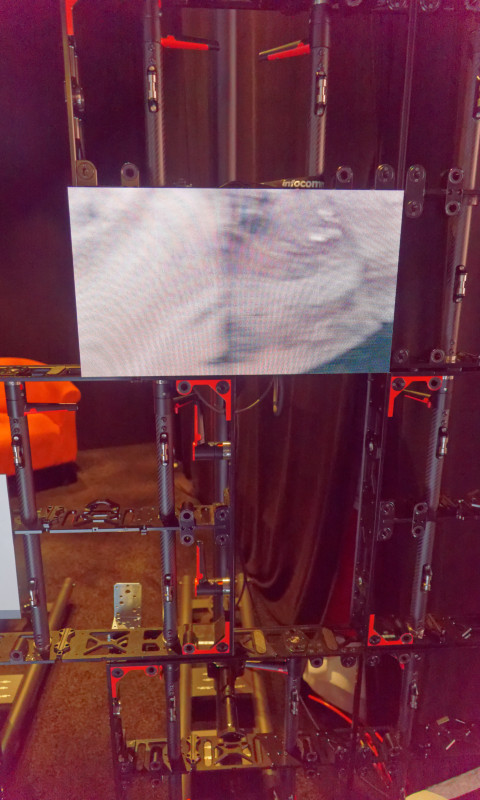 ROE’s new design for rental and staging LEDs. Image:Meko
ROE’s new design for rental and staging LEDs. Image:Meko - PQLabs which develops infrared touch technology and licenses it to hardware makers had a nice prototype system that can recognise objects by shape and colour, without special markers, which could be very useful in retail.
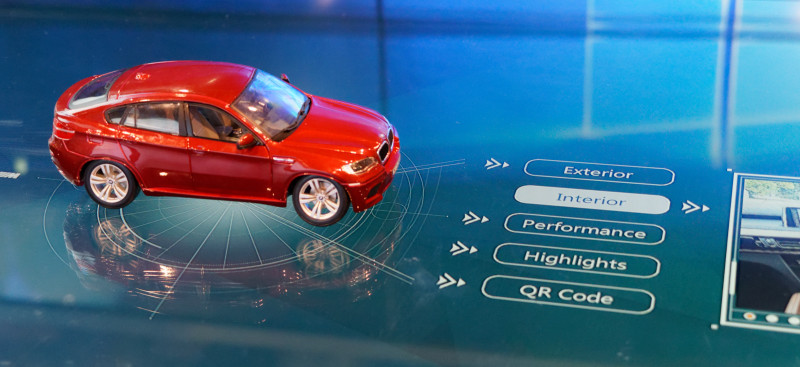 PQLabs has infrared touch that can detect shapes and colours. Image:Meko
PQLabs has infrared touch that can detect shapes and colours. Image:Meko - Christie told us that it has made a big committment to SDVoE which is the technology that moves video and graphics onto ethernet networks for distribution.
- Several companies only showed laser phosphor (L/P) projectors on their booths. They really don’t want to sell lamp-based projectors any more, if they have a choice, and a number of great looking and very competitively priced L/P commercial models were announced.
- Digital Projection showed its very impressive 8K projector that uses an UltraHD DLP chip running at 240Hz to use each pixel on the device four times on each frame.
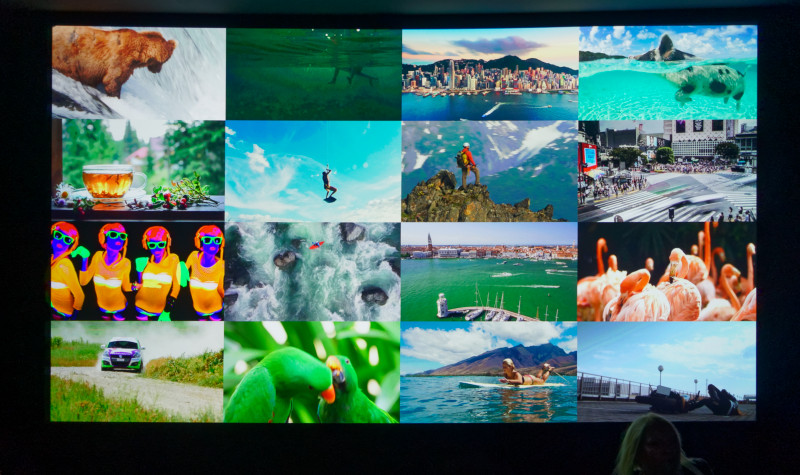 DPI showed its 8K projector with 16 FullHD images. Image:Meko
DPI showed its 8K projector with 16 FullHD images. Image:Meko

